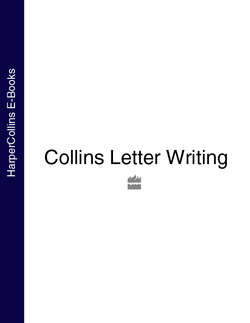Читать книгу Collins Letter Writing - Collins Dictionaries - Страница 70
DASHES AND HYPHENS
ОглавлениеA dash is a long line which is often used instead of a comma or a semicolon:
The boys – always in a hurry – ran for the bus.
A hyphen is a shorter line which is used to join two words when they would make more sense as one word:
self-discipline
second-hand
The primary function of the hyphen is to indicate that two or more words are to be read together as a single word with its own meaning. The hyphen is always used in phrasal compounds such as stick-in-the-mud. Some hyphenated words are in a constant state of flux. Fifty years ago, today and tomorrow were very often hyphenated while son in law was not. If in doubt, look in a dictionary but, in general, if a hyphen will clarify the meaning of a word, use one.
Many hyphenated words are only hyphenated if they are adjectival (i.e. form a single phrase with a specific descriptive meaning). ‘The ankle-deep mud’ (attributive) is technically correct, but there is nothing wrong with the phrase ‘the mud is ankle deep’ (predicative).
You hyphenate words in order to join them together so that they have a new, specialised meaning different from each word’s individual meaning when used independently.
Think about ‘the old-fashioned dresser’. The ‘old, fashioned dresser’ would be a dresser that is both antique and highly decorated. The ‘old-fashioned dresser’ is a dresser that has gone right out of fashion.
